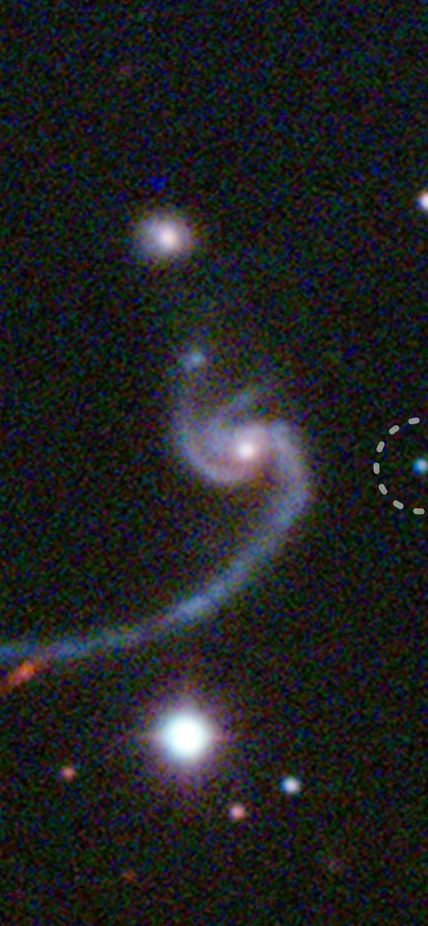Pasadena, CA—Carnegie’s Anthony Piro was part of a Caltech-led team of astronomers who observed the peculiar death of a massive star that exploded in a surprisingly faint and rapidly fading supernova, possibly creating a compact neutron star binary system. Piro’s theoretical work provided crucial context for the discovery. Their findings are published by Science.
Observations made by the Caltech team—including lead author Kishalay De and project principal investigator Mansi Kasliwal (herself a former-Carnegie postdoc)—suggest that the dying star had an unseen companion, which gravitationally siphoned away most of the star's mass before it exploded as a supernova. The explosion is believed to have resulted in a neutron star binary, suggesting that, for the first time, scientists have witnessed the birth of a binary system like the one first observed to collide by Piro and a team of Carnegie and UC Santa Cruz astronomers in August 2017.
A supernova occurs when a massive star—at least eight times the mass of the Sun—exhausts its nuclear fuel, causing the core to collapse and then rebound outward in a powerful explosion. After the star's outer layers have been blasted away, all that remains is a dense neutron star—an exotic star about the size of a city but containing more mass than the Sun.
Usually, a lot of material—many times the mass of the Sun—is observed to be blasted away in a supernova. However, the event that Kasliwal and her colleagues observed, dubbed iPTF 14gqr, ejected matter only one fifth of the Sun’s mass.
"We saw this massive star's core collapse, but we saw remarkably little mass ejected," Kasliwal says. "We call this an ultra-stripped envelope supernova and it has long been predicted that they exist. This is the first time we have convincingly seen core collapse of a massive star that is so devoid of matter."
Piro’s theoretical modeling guided the interpretation of these observations. This allowed the observers to infer the presence of dense material surrounding the explosion.
“Discoveries like this demonstrate why it has been so important to build a theoretical astrophysics group at Carnegie,” Piro said. “By combining observations and theory together, we can learn so much more about these amazing events.”
The fact that the star exploded at all implies that it must have previously had a lot of material, or its core would never have grown large enough to collapse. But where was the missing mass hiding? The researchers inferred that the mass must have been stolen by a compact companion star, such as a white dwarf, neutron star, or black hole.
The neutron star that was left behind from the supernova must have then been born into orbit with this compact companion. Because this new neutron star and its companion are so close together, they will eventually merge in a collision. In fact, the merger of two neutron stars was first observed in August 2017 by Piro and a team of Carnegie and UC Santa Cruz astronomers, and such events are thought to produce the heavy elements in our universe, such as gold, platinum, and uranium.
The event was first seen at Palomar Observatory as part of the intermediate Palomar Transient Factory (iPTF), a nightly survey of the sky to look for transient, or short-lived, cosmic events like supernovae. Because the iPTF survey keeps such a close eye on the sky, iPTF 14gqr was observed in the very first hours after it had exploded. As the earth rotated and the Palomar telescope moved out of range, astronomers around the world collaborated to monitor iPTF 14gqr, continuously observing its evolution with a number of telescopes that today form the Global Relay of Observatories Watching Transients Happen (GROWTH) network of observatories.

